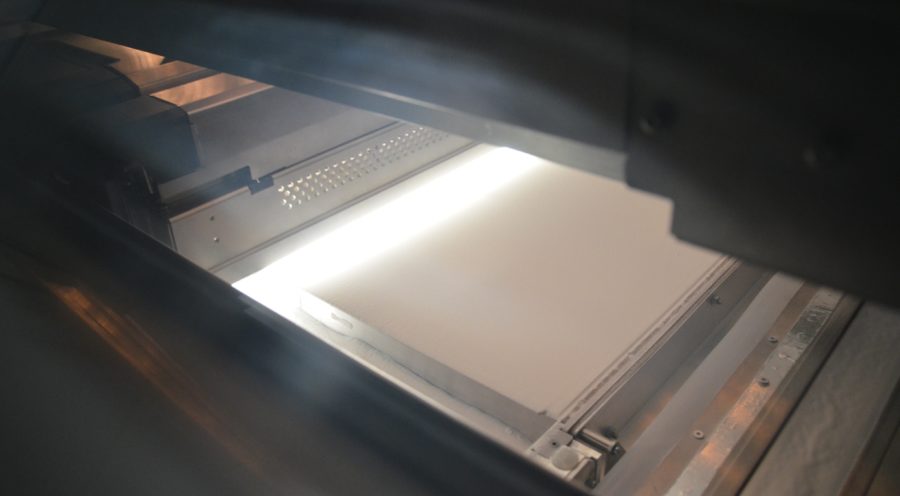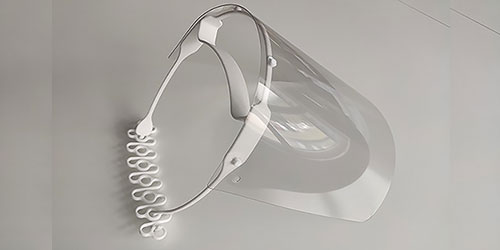As the reference site for HP Multi Jet Fusion technology in France, we launched this new offering in February 2017. Many customers have already had the opportunity to produce their parts in PA Multi Jet Fusion and we wanted to share their feedback with you.

We were convinced of this!
This new technology had its place in our workshops and could bring us new alternatives for prototyping, tooling and small series. We therefore decided to invest early on in this disruptive process, which is bound to develop.
The HP Multi Jet Fusion has already been used for multiple applications and the first customer results are very positive. Here are some examples.
Prototyping
A major player in the appliance industry conducted laboratory leakage tests between Multi Jet Fusion (MJF) PA and powder sintered PA (SLS). This customer, who prints his prototypes in 3D, usually uses SLS PA on which we apply a layer of varnish to make the material more waterproof. In-house tests showed that the PA MJF without a coating was as watertight as the coated PA SLS. In the future, the customer will be able to dispense with the coating on some of its parts, thus avoiding overthickness and additional costs.
The customer pointed out two other advantages: the parts made of PA MJF are more rigid than those made of PA powder sintering and they have an intermediate appearance between sintering and stereolithography.
An actor in the carpentry sector called on our services to 3D print prototypes of garage door track supports. These prototypes are used to validate the design and dimensions of the product. The technology HP Multi Jet Fusion technology was chosen because of its high mechanical resistance and cost. These parts met their objectives perfectly.
Industrial use
For a plastic injection factory, we have made an industrial tool in PA MJF which is used for the demolding of plastic parts. This 3D printed tool allows to unscrew caps from the mold in which they are produced. It was made of PA Multi Jet Fusion, which has proven to be as strong, more economical and less messy than PA powder sintering. This was also a general observation made with regard to 3D printed gripping hands and inspection jigs. The mechanical strength and color of the material are the main arguments for using Multi Jet Fusion technology in a production environment. These characteristics extend the life of these parts. Indeed, these parts are most often used in dirty environments.
The PA MJF can also be used for shot blasting. One of our customers in the aeronautical industry has used it for this purpose. The customer needed a 3D printed part that would protect part of the part being shot blasted in order to obtain different aspects on the same part. PA MJF is denser than conventional sintering but also more flexible, stronger and less expensive than the PAGF usually used, making it an interesting material in this context.
Internally, Frédéric Bezault, production manager at 3D PROD is quite satisfied: " The new HP printer is easy to use and quite intuitive. The first requests made via the Multi Jet Fusion technology have been successful so far."
See our Multi Jet Fusion process Learn more about Multi Jet Fusion

